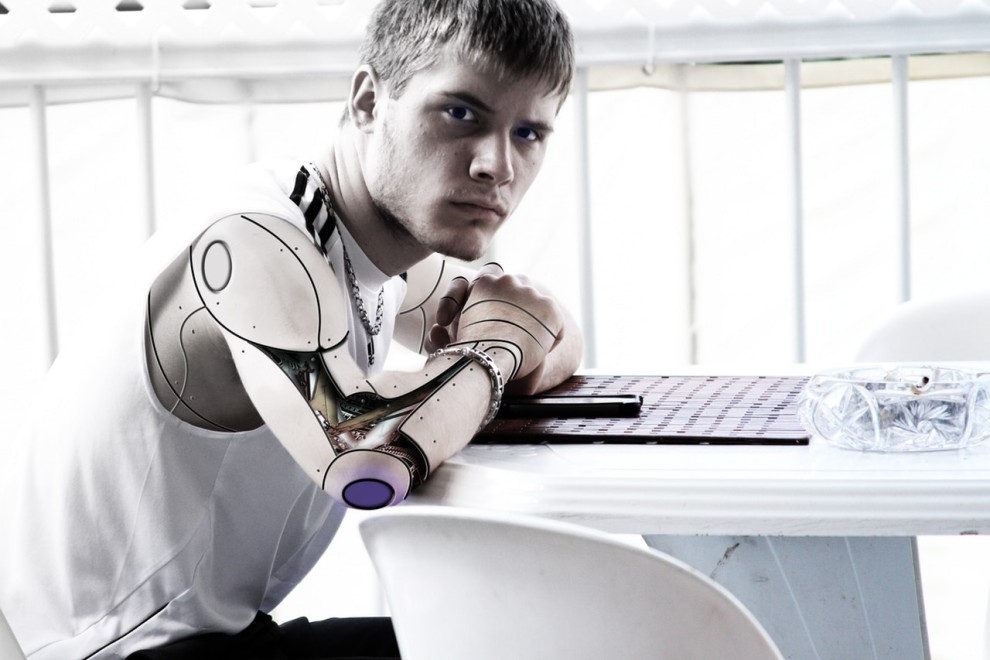Even though ‘Artificial Intelligence’ or AI has quite drastically improved the world around us in a myriad different ways, but nevertheless, there are still quite a few highly notable concerns with regard to the overall impact of artificial intelligence on employment with regard to the extended workforce. There have been understandable predictions of AI leading to literally millions of unemployed people who might be out on the street in the next few decades. Not to mention the tremendous social impact of such massive unemployment rates on global society, as a whole. This is primarily because of the impact of both ‘Intelligent Automation’ as well as A.I. systems, in the workplace.
In any case, the entire socioeconomic system (as it exists today) is now busy entering a phase of highly accelerating transformation to an AI-based set up. These will include large businesses, markets, government, education, and social welfare as well as employment models. All of which will end up being severely impacted.
The various types of jobs, roles and tasks at risk
Various tasks and jobs that are downright monotonous can be all too easily automated with the help of AI. And in the long run, this means that this can slowly and gradually make certain roles entirely obsolete.
For instance, tasks and activities related to customer care and call center operations, content moderation, machine operation, discovery and retrieval, document classification, to quote but a few roles that can safely be assigned to AI.
In other words, all those tasks that are not just tedious and repetitive alone, but also those that can also be substituted by automation, of the kind that requires less human involvement.
The same is basically entirely true for any and all those roles that are essentially related to the operation and by extension, the support of production lines in different factories all over the world. Ultimately, human beings are now being replaced by multiple types of ‘smart robots’ that can safely navigate the premises of the factory, and also both find and subsequently move objects (such as parts or tools or for that matter, even finished products for onwards packing and transportation). As a matter of fact, they can also perform and execute certain highly complex assembling operations, such as the kind found in automobile assembly lines.
In this respect, A.I. also proves to be extremely effective in the handling of more and more activities that had hitherto been the sole purview of human beings.
Preparation and planning for AI
Web development outsourcing is also becoming very common in many companies. However, planning and preparing for artificial intelligence will certainly take some time. At least from the organizational point of view. This is primarily due to the fact that many, if not most people are extremely resistant to change, especially the kind of wholesale change that AI brings with it.
It is the need of the hour to make sure that all personnel is giving training over and above their current JDs (job descriptions and responsibilities). In the long run, this is the key difference between humans and AI. While the latter is bound by hardware ad software upgrades without which its development stops beyond a certain period of time, but for humans; the process of learning and evolution never really stops at all. This means that people will be able to learn to enhance their skillset due to which they will also be able to create greater value for the organizations they work in and at the same time derive more fulfillment from not just their careers, but also their personal lives as well.
Conclusion
This is one of the single most important aspects of being prepared for dealing with AI. That is, enhancing one’s own skills and training so that one will continue to be a highly productive member of society, regardless of technological innovations, in the field of artificial intelligence.



